Have you heard of smart cities? Do you know what they are? Or how they work? Or what makes them smart? If you have, ever imagined our Kenyan cities transforming from what they are to smart cities? Wouldn’t they be amazing? I stumbled upon the the term the other day as I was reading about the future of cities. I found it quite a fascinating topic to share with you.
What is a smart city?
Well, various people have varied definitions, though they are more or less interconnected. From those definitions what stands out is this:
A smart city is a large town, or urban area, that uses technology and intelligent connectivity to provide services that solve the problems that are found within and around these urban areas. Was that to complex? Let me break it down by giving an example.
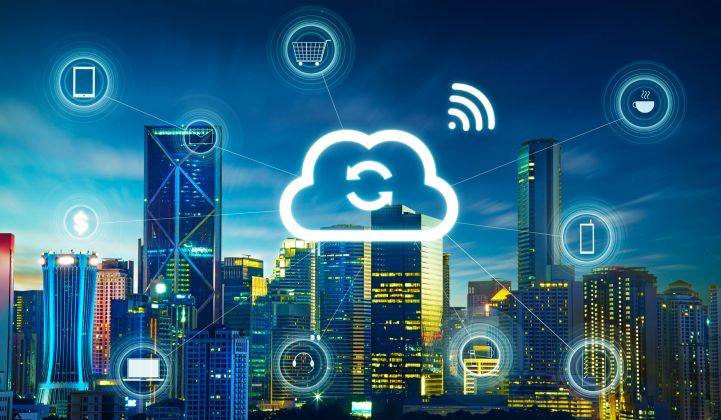
I will use a ‘stupid’ city to help you understand a smart city. A stupid city is one whose residents are ever complaining. I am sure you relate to the extremely distressing and irritating feeling when you wake up and head to the shower only to find no water! Remember when you had no power for 2 good days and no one cared enough to give you an explanation? Or that day the basement of your apartment was filled with the filthy stench of rotting uncollected garbage? Residents of stupid cities get stuck in traffic for more than 2 hours in a day and end up wasting so many productive hours in the process. While in that congestion, other creative individuals take advantage and steal from these ‘wealthy car owners’. People breathe contaminated air and their water is most likely not clean and I don’t have to say that they keep doctors busy!
Such are the challenges that smart cities will sustainably solve.

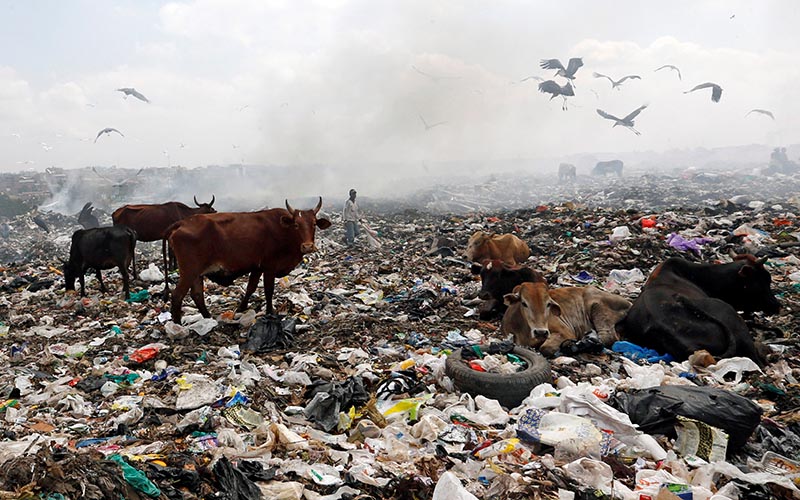
Livestock scavenge for pasture within recyclable plastic materials at the Dandora dumping site on the outskirts of Nairobi, Kenya, on August 25, 2017. Photo: Reuters
You get the idea by now don’t you? Let’s move on then;
Intelligent Connectivity
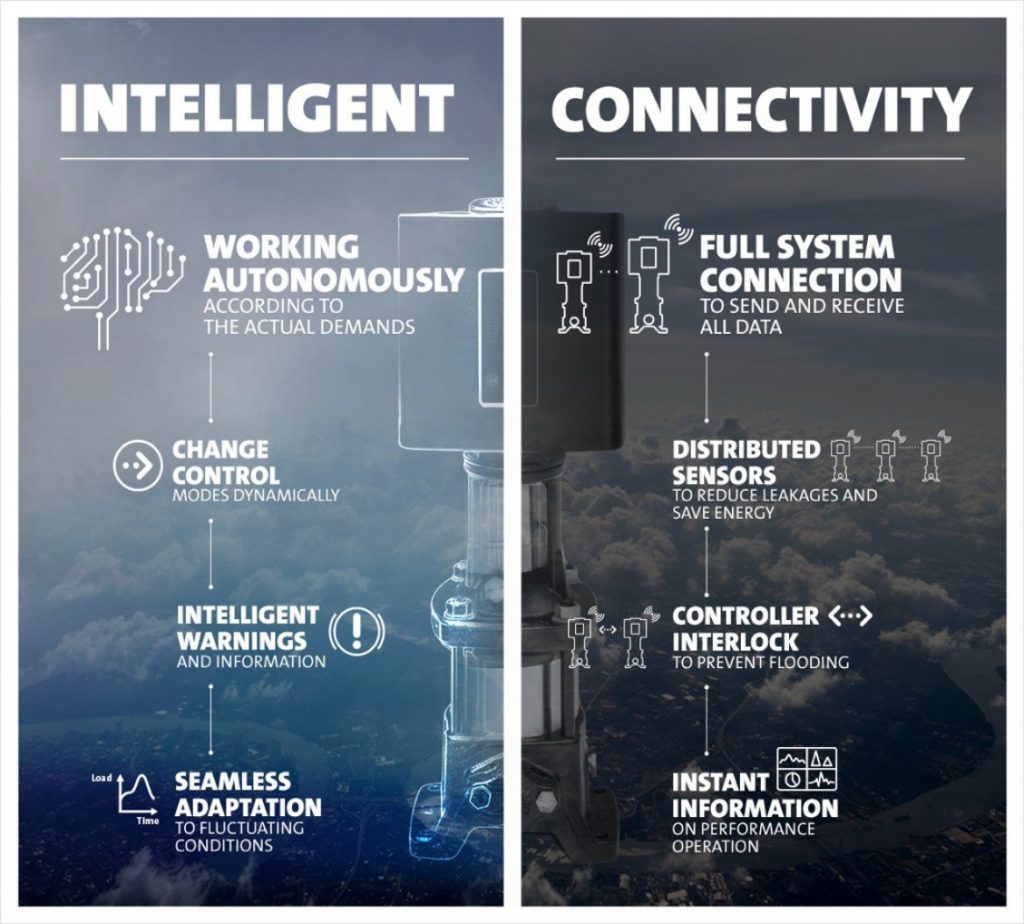
According to these smart people, smart cities are near perfect if not perfect cities. They are the heights of technological advancements and human-internet of things (IOT) interactions. Imagine cities that are scattered with all sorts of sensors such that they detect things like as motion, heat and light intensity, humidity, faulty this and that etc. Let me give you a simple example.
You and I have an LED street light.
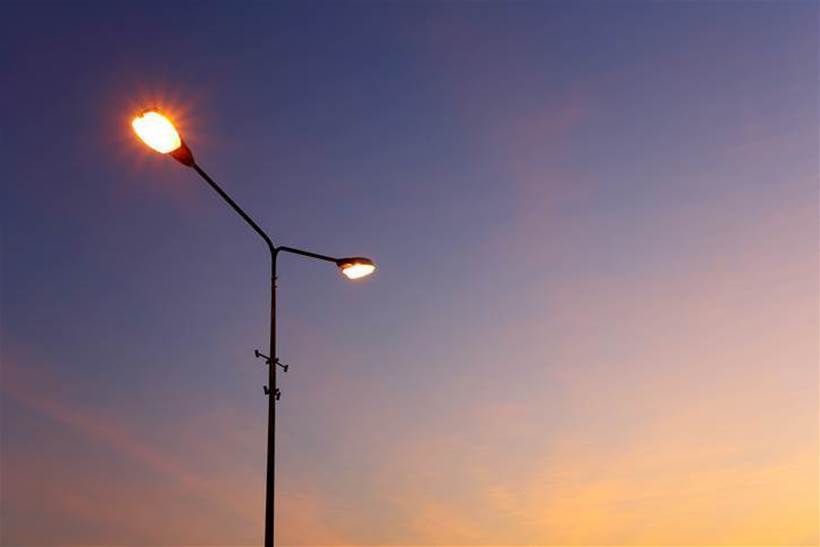
This street light is dumb af, and we have been tasked with making it ‘smart’ so that the government puts it in its smart cities. We want it to be efficient as a light and to use as little energy as it can. We also want it to be our friend, our informer. By that I mean, this light should be capable of notifying us when there is an accident, traffic, drainage blockage, pothole on the road, a speeding car or when it has found a missing person or fugitive. Furthermore, this light should find open parking slots for us. It should be able to forecast the weather and even make announcements whenever there is an emergency or anything important such as evacuation alerts. I envision street lamps that give us direction when we are lost because they can communicate with us while we are driving in our cars!
Let us first do what normal street lamps do, but with a bit of ‘extra’. Let us make sensors capable of detecting day and night and place them on our LED street light. We then program these sensors to turn off the light during the day, or when there is significant amount of light hitting them. We will also make them detect reduced light intensities of evenings and nights so that they turn on. Our street light is now exchanging information (communicating) with the sensors and follows what the sensors tell it to do.
Notice how bright the moon is today? We do not need our LED light to light so bright. We have some days that are extremely foggy. In these days, light intensity is low because the clouds and water particles in the atmosphere have blocked the rays of the sun from reaching the ground by action of reflection. Remember the residents of our smart city should have very minimal frustrations and complaints. We have to find a solution to this foggy problem. So, we program these sensors to know when it is foggy by sensing the humidity in the air and the intensity of the light hitting the pavements. When the light is low, the sensors instruct the street lamp to light up at a certain degree of brightness and dim accordingly. We have made visibility better. Our residents will know see better in fog and energy is not being wasted in moon-lit nights.
Our street light is performing very well on its own so far. It is getting smarter, but it’s still not smart enough. It is still using electricity, hence it might be affected by power outages (the department of energy has got to do something intelligent about that!). To avoid that, we will install solar panels on it such that it now relies on the sun to produce its light. These panels should be able to collect and store even the slightest amount of light energy hitting them, even in cloudy days.
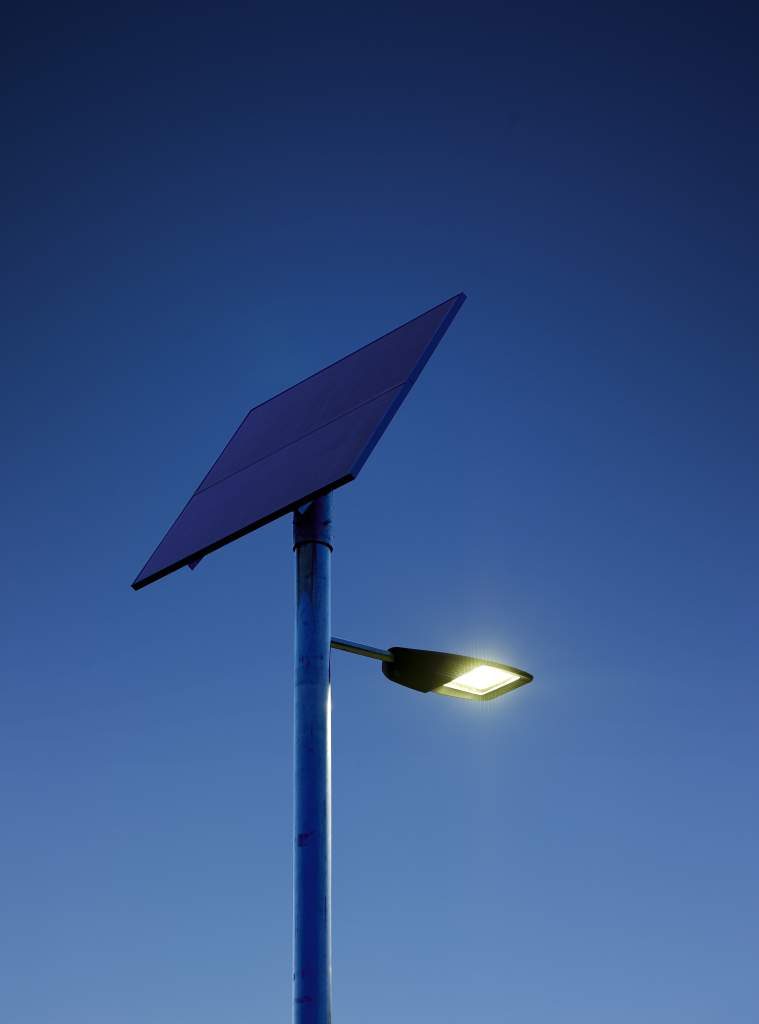
We have achieved so much so far with our street light. We have managed to make it a bit smart. It not only knows how to regulate light (dimming and brightening) automatically depending on the natural light hitting it, but it also harnesses light energy from the sun to give its own renewable and sustainable energy. It has also minimized the human interaction with it so man can now focus on other things.
But because we are good people we feel that we have not fully exploited what a street light can do. Regularly, it is going to need servicing and repairing. We do not want it to spoil and catch us unawares, and we do not also want to keep worrying about it too much. This means that it must be made out of quality material that will withstand harsh weather situations. However, that alone will not solve the problem. We need to be able to anticipate its breakdown. This means we continue to computerize this light by installing systems that constantly run a diagnosis on the street light. The reports from the diagnosis should be able to detect any worn out parts or/and predict a problem so that technicians can fix it before it actually happens.
We continue to be curious. Now we are thinking about installing some cameras on our street light. With these cameras, we will be able to monitor traffic and be able to notify residents which route is congested and which alternative routes they should use. The cameras will also help us know which parking lots are free so that we can alert a motorist looking for parking within our city. That will also be complemented by installing sensors on parking spaces and a common alert system. The system will connect the camera on the street light with the user (citizen) via a mobile application to provide visual. The sensors on the pavements will communicate with the street light and the user as well at the same time. So the user gets two notifications on their mobile app;
a. The first one from the sensors on the pavements.
b. The second one from the street light giving them visual information about the said parking lot.
Life will be less frustrating. Question is, what is Kenya as a country doing towards realizing such a city, towards making the lives of Her citizens better?
I have realized that there is so much that we can do with just street lights and I cannot explain it all here. I have not mentioned. Now imagine when we start working on the other things too, like smart farming, smart cars, smart healthcare etc. We would be living in an almost perfect world which will definitely come with its own unique challenges.
Keep checking my blog for a post where I will tell you if Kenya and Kenyans are ready for this future or not.

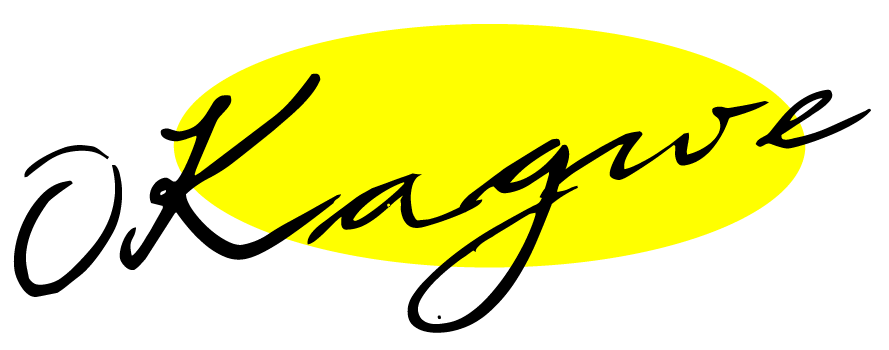

I see the sense in this, the potential, the lost vision and most important, the whole point of having science courses in our schools. Which makes me wonder, what have all those graduates from this courses, been doing since we first discovered science in Kenya?
I feel the leadership is a key player in this, though indirectly. I mean, maybe we’d already be there if we weren’t so busy fighting corruption, demonstrating just to remind people their jobs and trying to find better pastures by finding all means to “skip town” to other countries that appreciate u$ more.